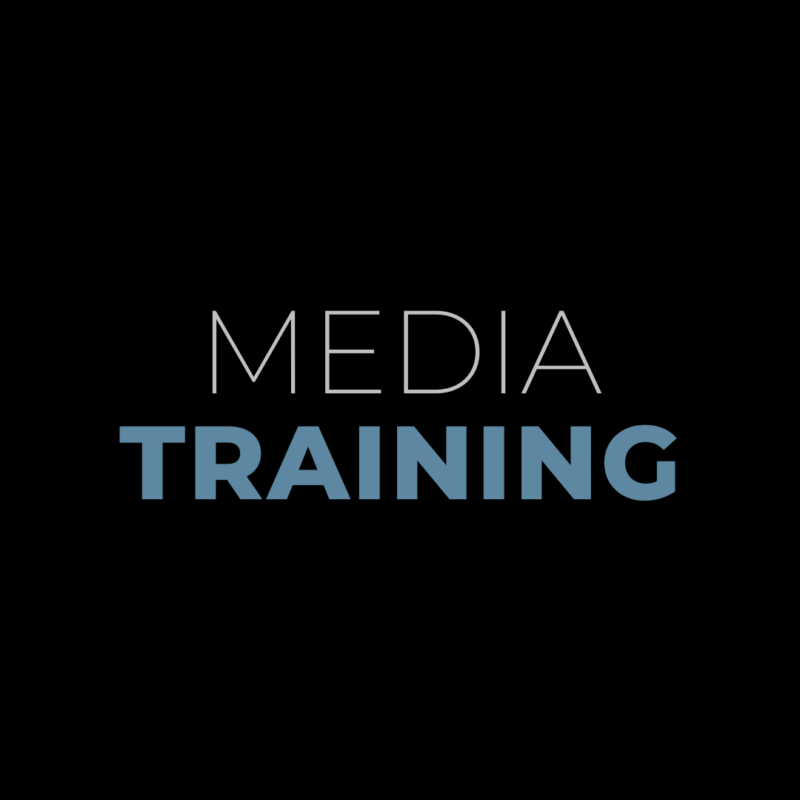Three PR-Real World Parallels You’ve Probably Never Thought Of
PR is on my brain almost all the time, even when I’m not at work. I think about applying aspects of PR planning to different situations in my personal life (see my post about my holiday family PR plan), and I think about different scenarios and symbols that well-represent good PR principles (see my post about If PR were an animal, it would be a…). In this post, I want to continue my PR-real world parallels with three specific ones related to PR services and everyday items or occurrences. Have you ever thought of these?
Media Relations and Marriage
I’ve been married for 15 years now. I married my college sweetheart during my senior year of college, so we’ve actually been together for 18 years. I wouldn’t say I’m a marriage expert, but I’ve certainly been analyzing our relationship/marriage – and how to make it work for the benefit of both of us – for nearly two decades. And, while it’s no secret that communication is the key to success in any relationship, knowing how to communicate in a marriage is particularly important, especially when you are married to someone who works a lot and has limited time to communicate with you. I’ve learned that similar rules apply to media relations, as reporters and editors are similarly busy and often lack time for us “PR people.”
In communicating with my husband, I know that there is a certain way to deliver messages to him. I have to speak his language, use as few words as possible and make sure those words capture his attention in the short time I usually have with him. I also know that there are good and bad times to engage him in conversation, and because he is so busy, most of the time that means only bringing up topics that really matter to him. I take a similar approach to media relations by knowing the best time to contact reporters with a story idea or news item, as well as keeping my pitch clear, concise and targeted to what their audiences will care about.
Additionally, ongoing relationship building is valuable in both marriage and media relations. In either one, it shouldn’t be about what I can get from them but what value I can bring to the relationship so that it’s mutually beneficial.
Crisis Communications and Cutting the Grass
Yes, they are related. Let me show you how. For starters, a well-maintained yard comes from regular upkeep. Keeping the grass at an acceptable level prevents you from being the shame of the neighborhood and the target of homeowner association penalties. Not to mention that when you let too much time go in between trims, it can start getting out of control, resulting in a little more effort and a lot more trimmings to clean up. And, you certainly don’t want to wait until you can no longer see your sidewalks and landscaping, as that may require additional tools and much more time and work on your hands.
Just as you don’t wait to pull out the lawnmower until the grass is out of control, you should never wait until a crisis happens to have a crisis communication plan. Crisis communication planning is ongoing and should deal with the maintenance of processes within a company that could potentially lead to a crisis. A well-prepared crisis communication plan should also ensure that you have the right “tools in the shed” should a crisis occur. If the potential “weeds” within a company are toxic employees, include ongoing training programs in your crisis communications plan and develop an immediate plan of action for appropriate discipline or termination should an employee situation turn to crisis mode.
Social Media Strategy and an Ice Cream Sundae
The staples of a good ice cream sundae usually include vanilla ice cream, chocolate or caramel syrup, whipped cream and sprinkles. Consider that the definition of a standard social media strategy – one that if you ate it every day, might get a little old. Now, think about a great ice cream sundae, which may include a couple of different ice cream flavors and select toppings to complement each scoop. For example, a chocolate scoop might be covered in banana bites; a strawberry scoop could be topped with chocolate chips; and a butter pecan scoop is drizzled with caramel. Let’s complete the vision with a dollop of whipped cream and a cherry on each scoop. Now, that’s one interesting and delicious frozen experience.
In my opinion, a great social media strategy utilizes a select collection of platforms to speak to a brand’s various audiences, and for each platform, a complementary strategy should be put in place that is specific to that audience. It’s important to use variety in your content to keep audiences engaged – not just the same posts over and over. I think it’s also important to note that you don’t have to have a presence on every social media platform, especially if your audience isn’t on that platform. Choosing the right platforms and content strategy can make the difference between your audiences eating and enjoying your sundae or letting it sit and melt.


